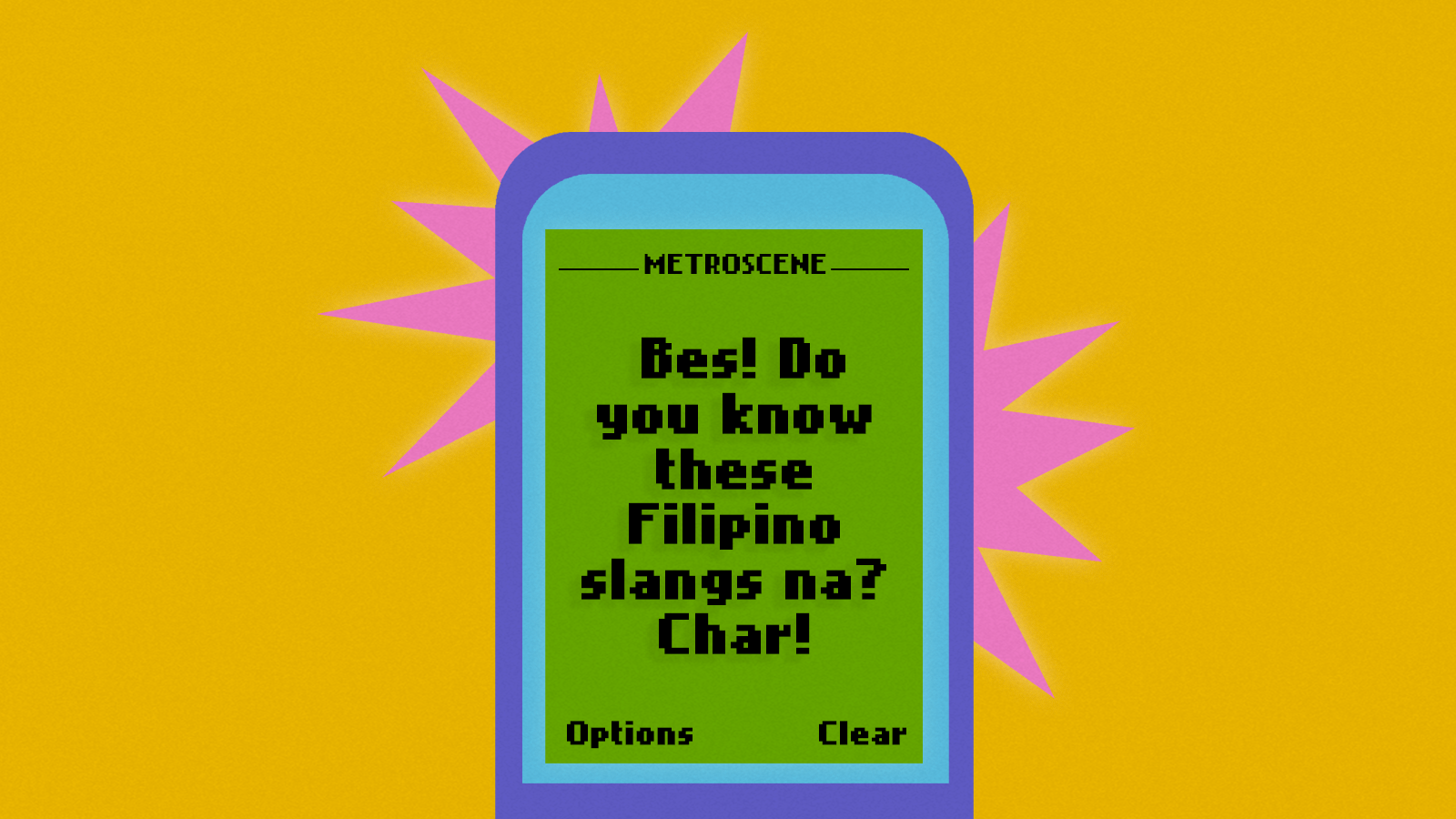*Clark uses rolling he/she/they pronouns*
Poetry is a language of many things. Chief among them—the heart. It dabbles and indulges in its lyrical music and clever wordplay, brimming with metaphors and imagery that help express the human condition. Poetry is one of many avenues to creatively introduce ourselves. And for Clark Leynes, poetry is an act of opening.
Vivien Clark Leynes is a poet. Their work delves into the self and gives credence to the melancholy of being vulnerable through their different zines. For our Metroscene Profile, we’ll be looking into how Clark got into the craft of poetry and the different processes of writing them.
Starting Out
Clark’s affinity for poetry started when their 6th grade English teacher introduced them to the works of renowned poets such as John Keats, Pablo Neruda and Jeffrey McDaniels. The poems that left a lasting impression on her were Neruda’s Tonight I can write the saddest lines, and McDaniels’ A Quiet World. Since then, Clark has tried a hand at writing her own verses. Their first poem, titled That Day, talks about their parents’ separation and realizes the different appeal that poetry has in comparison to other literary genres.
Comparing it to essays or prose, it allowed a different kind of story to tell. [The] emotions in poetry are also much more potent, in a sense it translates feelings in a lingering way.
Like many of us, Clark is also familiar with Lang Leav’s poetry, but has admittedly outgrown her works. Nonetheless, Clark still acknowledges how Leav’s poetry can entice mainstream readers into the craft.
An Introspective Exploration
Clark’s poetry collections serve as a form of sojourn to their developing character as well as a self-reflection to their most personal thoughts. Each of their zines tackle a significant period in their life.
The first zine I ever made, Hitting Plateau, consisted of poems where I wanted to explore that cliche existential "angst" I had during my teenage years and unpacking it during my time in college.
Part of the literary works that inspired Clark was a graphic novel titled The Sculptor. It tells the story of a struggling artist who was given the ability to turn any object into a work of art. This made Clark reflect on what kind of art they want to produce and the impact it would create. That’s where Clark also realized that her work, along with art itself, will always be in a constant state of motion, thus resulting in her second zine In Transition.
For Clark, transformation is something that is always naturally occurring—a metamorphosis of both things within and beyond our control and likens this to the environment. Hence, quite a handful of Clark’s poetry consists of using eco-poetry as a subject. But aside from this, most of Clark’s life has consisted of being in the metropolis, so their poetry is also influenced by their desire to be immersed more in the beauty of nature’s elements.
Her third and latest zine, Recollections, deems itself as their most personal project to date. The original idea stems from the concept of being vulnerable, stemming from their own self-reflection during the time they were living alone in a country far away from home.
For Clark, the time away from home allowed them to rediscover things about herself, one of which was their unresolved grieving from a past long-term relationship, which became the primary inspiration and subject of Recollections.
Recollections serves as both a poetry collection and a personal letter of closure. It gives credence to the hardships of acceptance and belonging especially as a queer person. Clark uses religion as their subject and theme for Recollections because it was one of the things that contributed to the decline of their former partner’s relationship, and because of how religion, particularly Catholicism, condemns romantic relationships between members of the LGBTQ+ community.
I wanted to subvert this religious image and be able to tell something through it, something that allows for one to become hopeful for this kind of love to still prevail despite the existence of these kinds of harms and pressures dominant in the Philippine society.
What’s next for Clark?
Clark is currently working on two new projects for their zines. One is a bit more personal to share but their other projects include a zine experimenting with the popular Bugtong (Filipino riddles) to explore in children’s literature. Lastly, Clark also plans to start a newsletter.
Clark is one of many local poets and writers who keep the spirit of self-publication and zine culture alive and kicking to this day. Alongside other poets such as Paolo Tiausas and Vincen Gregory Yu, zines celebrate the expansive growth of not only the local literary scene but also the art community as a whole.
One of the Philippines’ most beloved writers and co-founder of art expo BLTX (Better Living Through Xeroxography), Conchitina “Chingbee” Cruz highly encourages zine culture and self-publication, seeing it as a way to break away from the industry of traditional mainstream publishing. Zines are also deeply rooted in involving art with politics and have become a companion for movements and subcultures not just in the Philippines but from different parts of the world.
You can read Clark’s poetry collections and other articles and essays published in Sine Liwanag by visiting her webpage!











.png)
